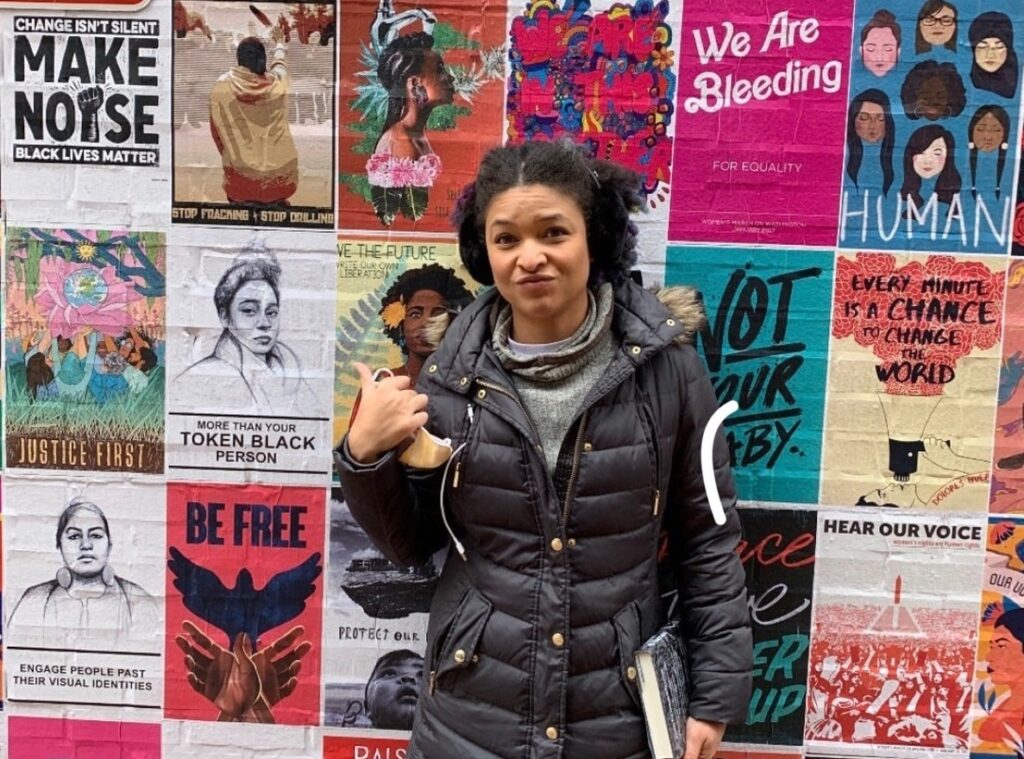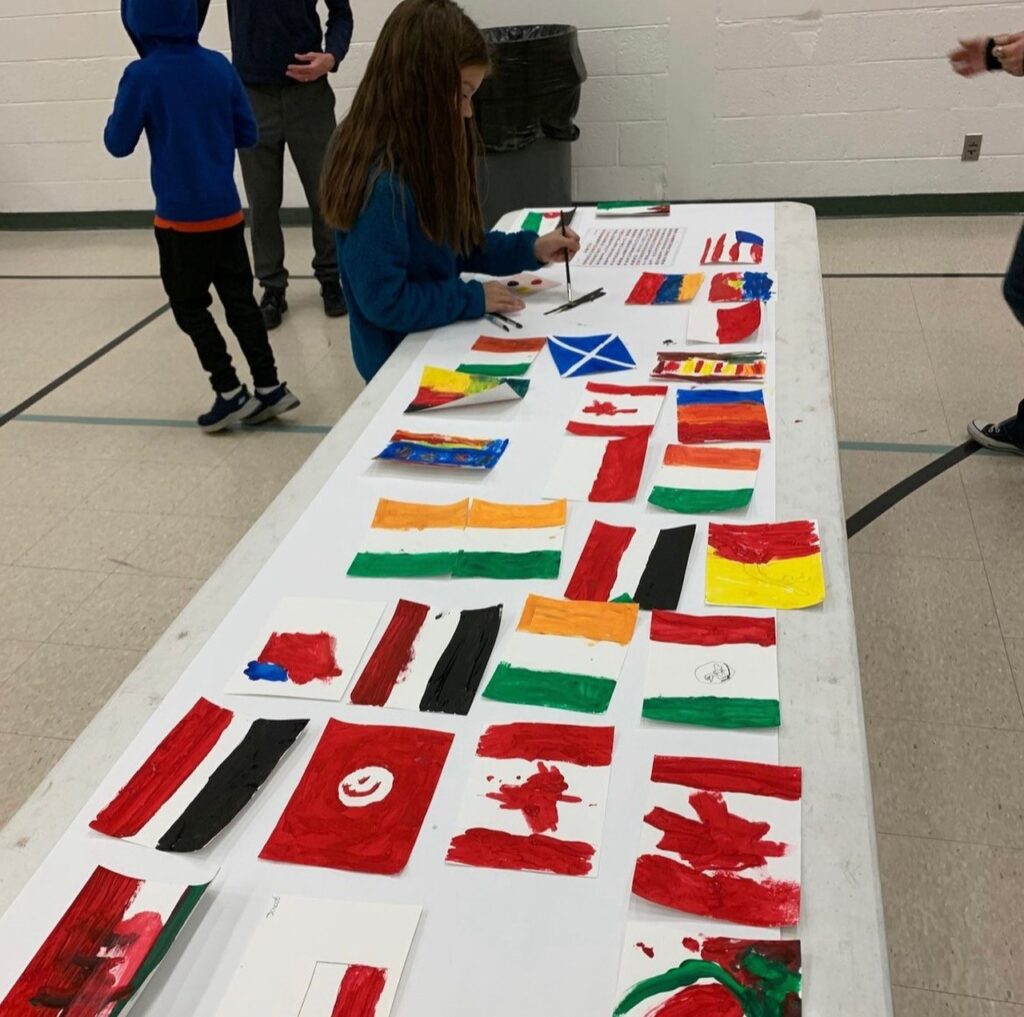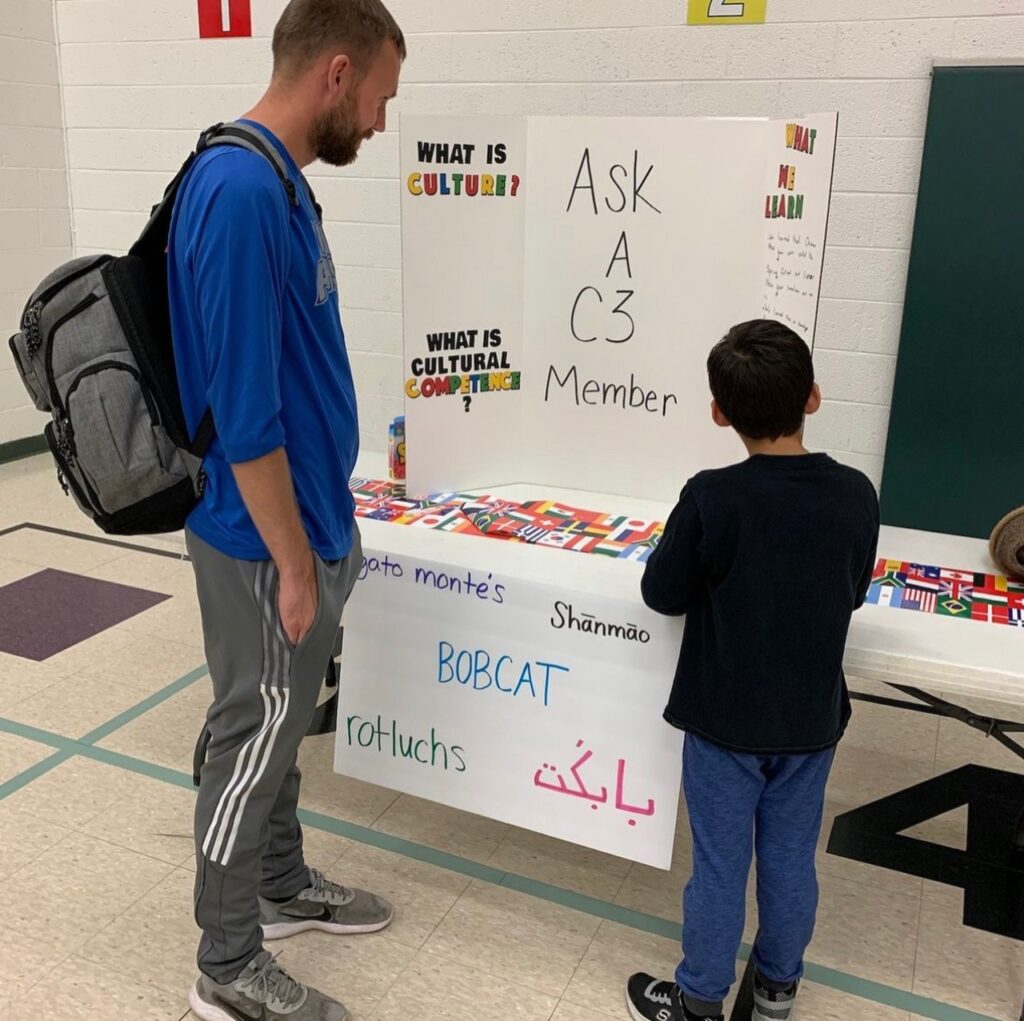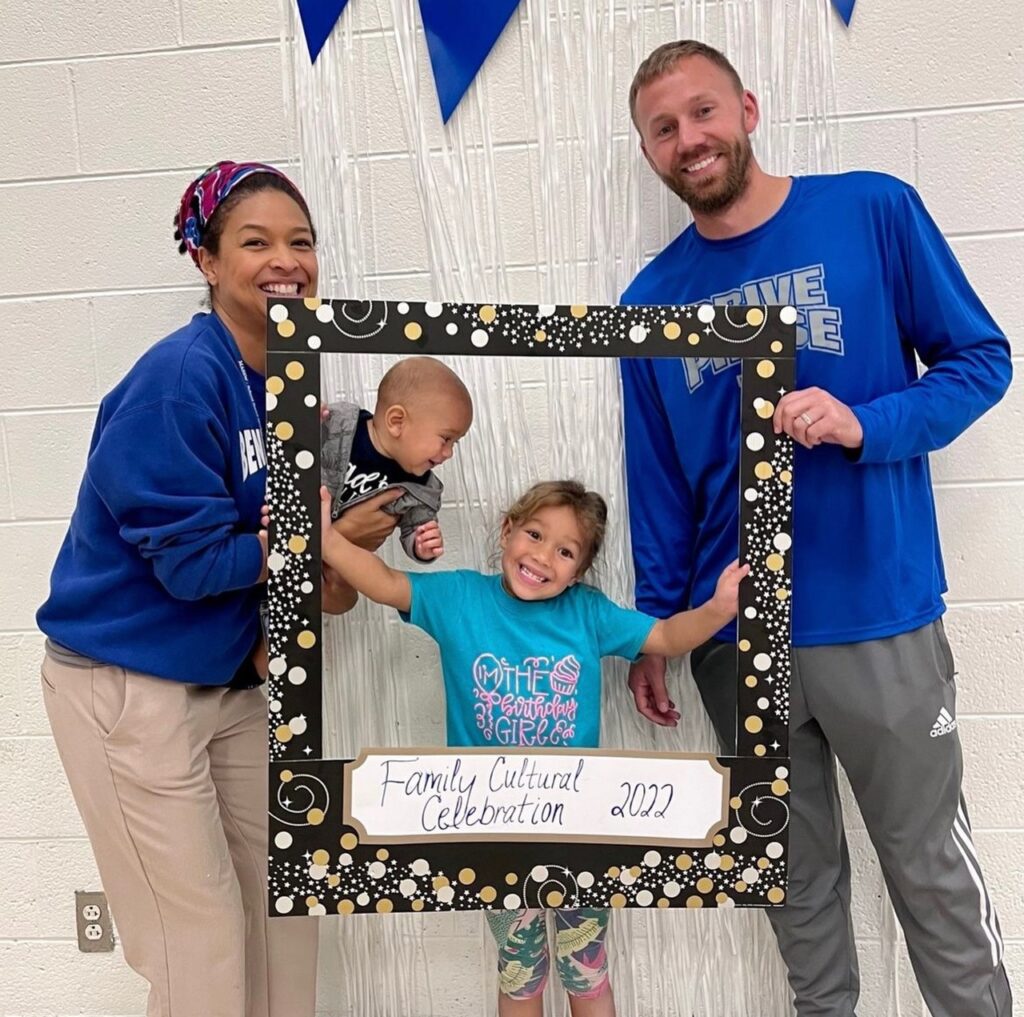Women Lighting the Way: Erica Saville
Published on August 1, 2023
United Way for Southeastern Michigan is shining a light on women who are lighting the way for others in their communities. We’re discussing their experiences, sharing their passions and motivations, and spotlighting the people who have inspired them along the way.
Below, we talk to Erica Saville, a wife, mom, school social worker, and community equity advocate. Erica shared her personal journey throughout this year’s 21-Day Equity Challenge.

Erica, tell us, why does equity matter to you?
Well, equity touches every area of my life as a Black person, a woman, an educator and a parent. A lot of causes are important to me, and I see a lot of underrepresented people – especially kids.
The most important WHY for me is that I am raising and educating the next generation of grownups and it’s important that they become better grownups than we are. That goal means that we need to always be learning and growing, trying to create a more equitable society for them.
That’s what we’re all striving for – a better tomorrow. This wasn’t your first time participating. Can you share more about why you participate in the Equity Challenge every year?
I love the 21-Day Equity Challenge because I think it’s the easiest way to learn. I love the delivery method of receiving an email every day with content about what drives these disparities. I really enjoy taking a few extra minutes each day to review the included resources and taking action steps such as sharing what I have learned with those around me.
This year, we covered Equity vs. Equality. How do you explain the difference between the two terms and why is it important to differentiate?
When I think of those two words, I always go back to one of my favorite images that I think speaks volumes about this topic, and it’s the one with the folks of varying heights trying to look over a fence to watch a baseball game. On the “equality” side, each person is given a crate to stand on, but not everyone can see over the fence. But on the “equity” side, everyone is given whatever they need–different numbers of crates–to be able to see over the fence. Seeing this visual usually helps the idea really click for people.
It’s important to learn and teach about equity – especially to the younger generation, because everybody’s needs are different, and people need individual support to thrive.
You spoke about teaching and raising the younger generation to be equity-minded. How you talk to your children about equity and diversity or incorporate it in your everyday life?
It can be a daunting task to teach kids the topics that we are still wrestling with ourselves. You might wonder, “What will they understand? What will upset them?” I have great news for you – talking to kids about equity can be done and they LOVE it!
For three years I have led an after-school club teaching cultural competence. They’ve learned about holidays around the world, what a diaspora is, and why cultural competence is important. We’ve had excellent discussions and done research together online. Students have interviewed their families to find out about their own culture and identity. They shared cultural artifacts and helped plan and facilitate a Family Cultural Celebration event for the school. This group of young people gets fired up about injustice – they can’t understand why anyone would treat people differently because of who they are. It’s a beautiful thing to witness their passion.
It’s important to give children credit for their ability to understand. We can’t expect them to learn these important ideas without the opportunity to be taught. Introducing them to these important topics while they are still sponges is one way to ensure a more equitable future for us all.



Wow! That’s helpful insight for parents and educators alike. The challenge also covered bringing awareness to disabilities. What do you feel are the most important insights from that day?
Disability is not a dirty word. In my schooling and personal experience, many adults seemed to tip-toe around the term. If absolutely necessary, folks used terms like “differently abled” or more often, avoided talking about disabilities altogether.
As a result, a lot of us became adults who didn’t know how to talk about disabilities; and what we can’t talk about, we can’t act on. It would be incredibly difficult to call out ableist practices without understanding ableism and privilege.
It would be impossible to call in our disabled brothers and sisters, and create an accessible seat at the table, without acknowledging disability. I now have the benefit of being informed and connected. I can talk about disabilities–both visible and invisible–and am fortunate enough to have relationships with disabled people. This makes me a better advocate, a better parent, and a better educator.
People of all ability levels deserve an equitable and just society. To advocate for this, we must push the boundary of our comfort and learn to be inclusive on purpose.
We all aim to be better advocates. The challenge also covered moving toward mental health equity. Has mental health affected you or anyone you know and have you had difficulty discussing or accessing mental health services?
I am here for the fact that we can now talk about mental health openly. But if we’re using our equity lens, I think we have to acknowledge that even the way we talk about mental health has historically been steeped in inequity. For example, Actions like violence that are attributed to mental illness in a predominantly white community are often seen as moral failings in communities of color.
I think that if we want to move toward equity in mental health, we have to look at the ways mental health is affected in every community, for every person.
Mental healthcare is more than interpersonal therapy, and I’m saying that as someone who is a mental health practitioner. Blight reduction is mental health care, job opportunities are mental health care, reliable public transportation is mental health care, affordable housing is mental health care, access to health care is mental health care – and when we start to connect the ways that all forms of wellness are connected to mental wellness and start putting our money and policies where our mouth is, so to speak, I think we will see much more positive outcomes for mental health overall.
Such powerful insights. On Day 12 of the challenge, the topic was Violence: A Historical and Timely Thread in Systems. Talk a bit more about systems of violence and how you’ve been impacted.
I went to Hawaii two summers ago. It was gorgeous with perfect weather and incredible food, and everything was aloha. But as we drove around the island and observed skyrise after skyrise along the coasts of Maui, I couldn’t help but mourn what was lost. Miles and miles of natural beauty, which was once freely available to Native Hawaiians, is now owned and withheld by big companies. It made me think about Hawaii’s history as an independent kingdom and how things change once colonization happens.
As newlyweds, my husband and I took a month-long road trip in the American West and Southwest. Driving through and near so many Native American reservations was sobering. The land was beautiful, but I couldn’t see “reservation” on a sign and not think about what it meant. An entire race of people was abused, murdered, robbed and herded, only to later be stereotyped in the media as savages.
I, a black woman, have a British maiden name. It’s not because an ancestor married a Brit, but because formerly enslaved persons often took the last names of the masters they served. Many took those names because their own African names and ancestry were literally beaten out of them. Every time I typed or signed my name, I was reminded for just a second of that piece of my heritage.
It’s hard to think about violence. It’s even harder to talk about it. But our nation’s history can’t be separated from violence; in fact, it relies on it. As we recognize more ways that violence is embedded in our society, we can plan ways to stop it and heal.
Lastly, art is all around us and we even incorporated a community art project into the celebration event at the end of the challenge. How do the visual representations we see change our perception of people and places?
In December 2020, I stumbled upon a poster installation in Gano Alley, Cincinnati. The display was intended to encourage the community to vote. One of its orchestrators said, “In the end, we are telling people to vote without telling them whom to vote for, rather by reminding them WHAT they are voting for.”
When I saw this particular poster, it was like something clicked in my soul. This image expressed in 8.5×11” something I’ve tried to verbalize for years about my Blackness in primarily white spaces. A lot of the other posters also spoke to my heart as a woman and as an advocate. Just walking past this exhibition caused a few reactions in me:
-I felt seen.
-I felt like part of a larger community.
-I felt empowered to make my voice heard.
Art did that.
Art DOES that.
If visual arts aren’t your thing, there’s a beautiful organization called Playing for Change that works to connect humans all over the world through music. And if not music, there’s also poetry, sculpture, dance, and every art form you can imagine. Whatever medium people can use; people can use for social justice.
When people decide to be vulnerable and share a piece of themselves with the world–no matter the medium–we can all benefit.
Very powerful. Thank you for sharing your thoughts and experiences with us, Erica. Any final thoughts?
Thank you for giving me the opportunity to share my story. Healing work is equity work. Equity work is healing work. We can do it together.